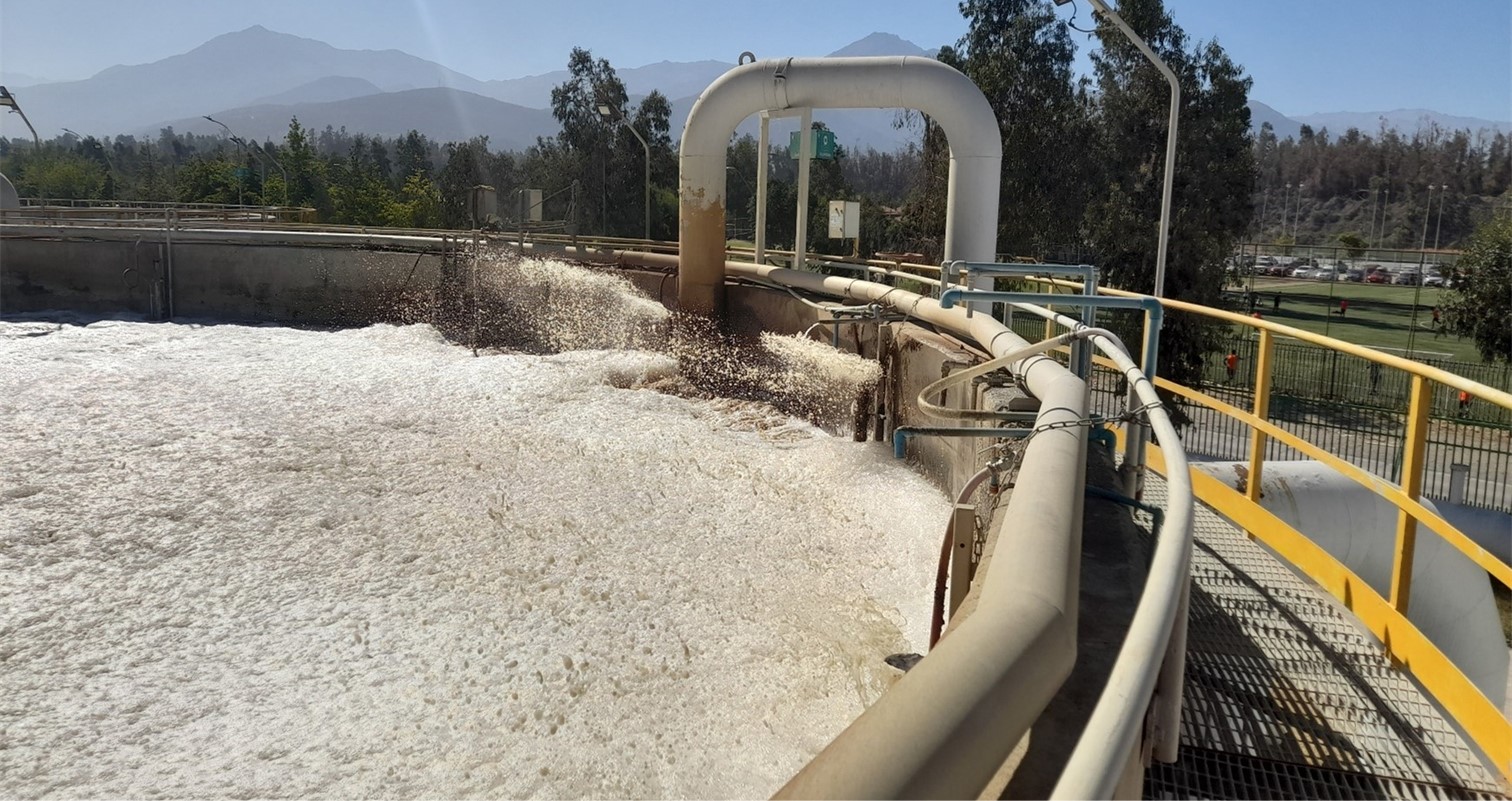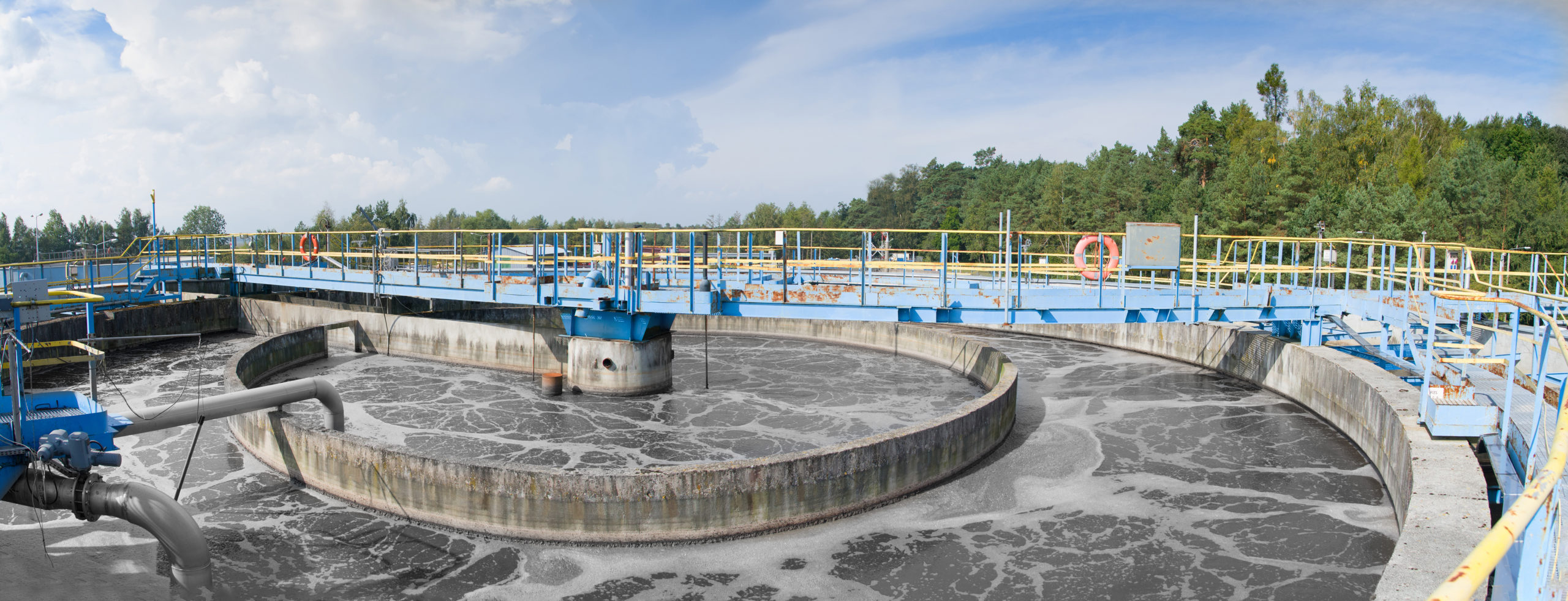
Methods to Control Foam in Industrial Liquid Waste Treatment
In industrial waste treatment processes, foam is an unwanted visitor, as it can affect the system’s proper functioning, violate discharge regulations, and damage the electrical equipment present in the plant.
There are different methods to address the foam problem, including:
- Physicochemical separations.
- Sludge dewatering.
- Foam control both in the process and in the discharge of the plant.
Common Sources of Foaming
We need to understand what causes foaming in industrial processes to determine how to control foaming.
In aqueous systems, foam is formed due to different agents such as surfactants, proteins, cellulose derivatives, polyelectrolytes, or polysaccharides.
In the case of liquid industrial waste, foaming usually occurs during biological treatment, where bacteria metabolize organic matter in a process known as degradation.
In the biological treatment of liquid industrial waste, foams can have different colors, which is related to the age of the biomass in the reactors. For example, a white foam generally indicates the presence of a young sludge, where the main component is bacteria in growth. On the other hand, a dark brown foam shows that the sludge is aged, i.e., there is a low number of bacteria and a higher presence of more structured microorganisms, known as rotifers.
Liquid Defoamers
Defoamers are used to control the formation of foam and can be:
- Water & Oil Based
- Silicone
- Fatty acids
- Hydrocarbons, among others.
A correct selection of the defoamer will bring about a speed of abatement and residual product that will last over time to prevent the foam from reappearing. In addition, the test will also indicate whether its application is in the form of a shock dose or should be continuous.
For example, in the case of biological processes, water-based defoamers are recommended, as they do not affect the metabolism of the reactor biomass.

Conclusion
It is essential to carry out effective foam control using specific products that do not affect the system in which it is found; this will contribute to the correct operation of the industrial waste treatment process and compliance with the corresponding regulations.
If you need advice or are looking for a recommendation, contact us at Mathiesen. We have experience in selecting this type of product for different applications. You can fill out the form on our contact page, and we will contact you as soon as possible.
The complete portfolio of products we handle for water treatment is available here.















